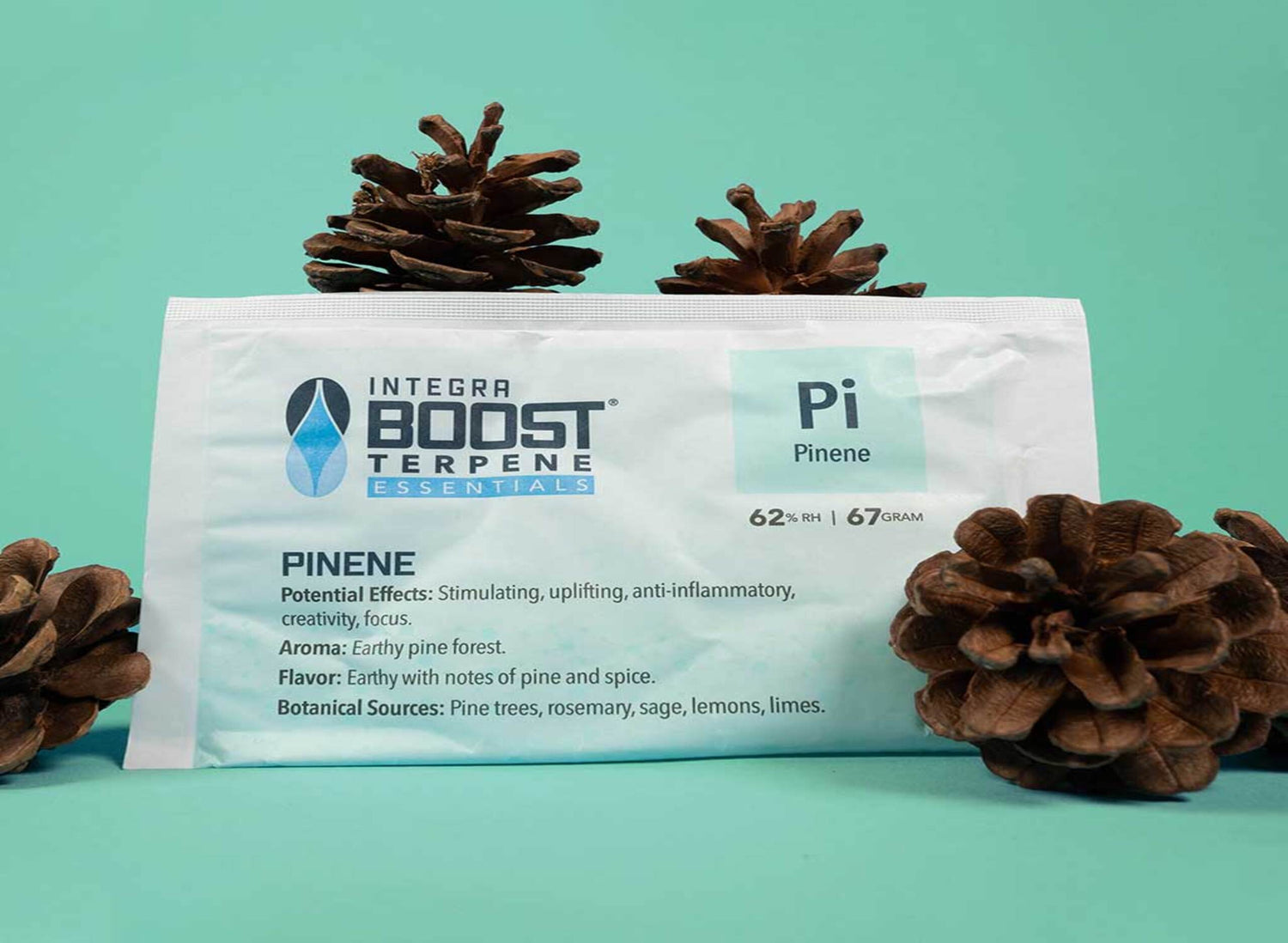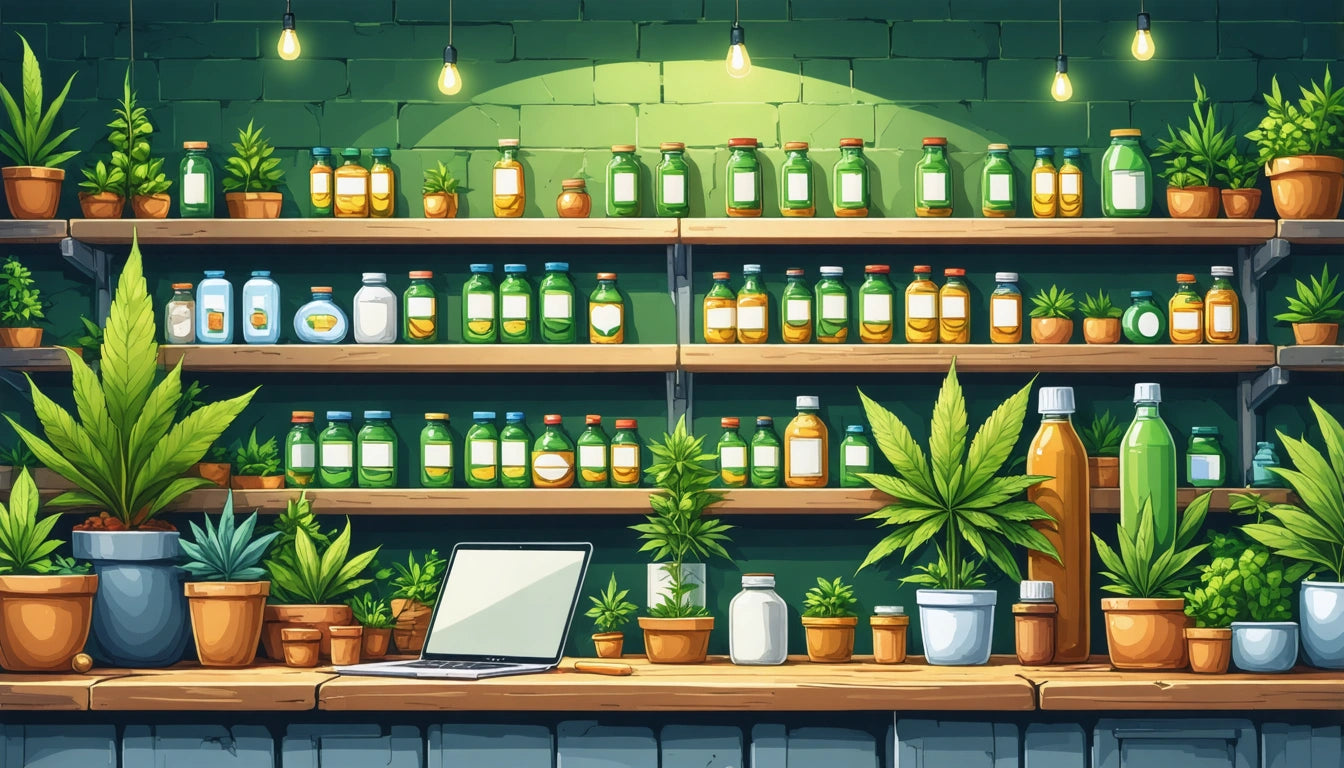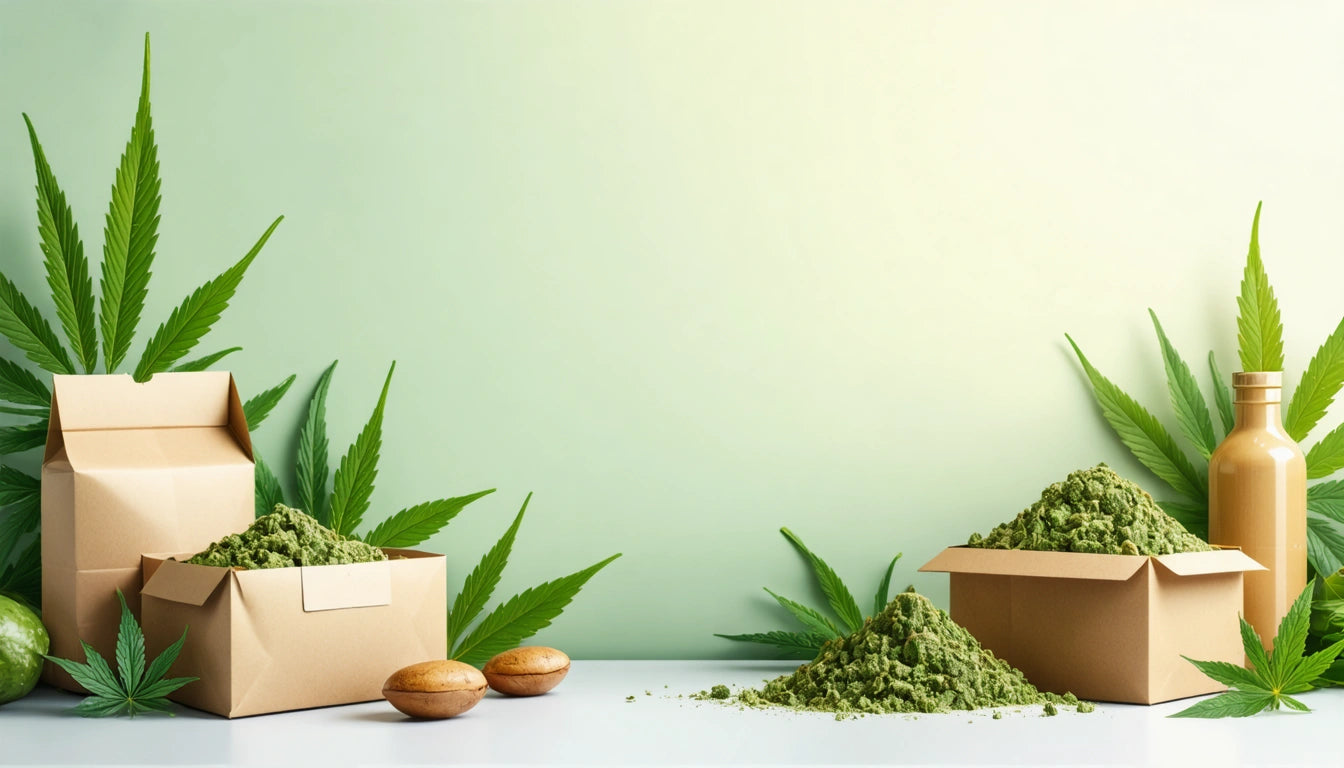Maintaining Terpene Profiles with Proper Humidity
Terpenes are the aromatic compounds responsible for the distinctive flavors and aromas in cannabis. These volatile molecules not only contribute to sensory experiences but also play a significant role in the entourage effect, working synergistically with cannabinoids to enhance therapeutic benefits. However, terpenes are highly sensitive to environmental conditions, particularly humidity levels, which can dramatically impact their preservation and potency.
Understanding Terpenes and Humidity Relationship
Terpenes begin to degrade immediately after harvest. The rate of degradation is significantly influenced by humidity levels in the storage environment. When cannabis is stored in conditions that are too dry (below 55% relative humidity), terpenes evaporate rapidly, resulting in flat-tasting product with diminished effects. Conversely, excessive humidity (above 65%) can accelerate oxidation processes and create favorable conditions for mold growth, which destroys both terpenes and cannabinoids.
Research indicates that monoterpenes like myrcene, limonene, and pinene are particularly susceptible to evaporation in low-humidity environments, while sesquiterpenes such as caryophyllene and humulene show better stability but still require proper humidity management for optimal preservation.
Optimal RH Levels for Terpene Preservation
The sweet spot for maintaining terpene integrity typically falls between 58% and 62% relative humidity. This range provides sufficient moisture to prevent terpene evaporation while remaining low enough to inhibit microbial growth. According to this guide on optimal RH levels, maintaining consistent humidity is just as important as achieving the right percentage.
Strain-Specific Considerations
Different cannabis strains may benefit from slightly different humidity levels based on their terpene composition. As explored in this comparison of RH packs for different strains, varieties rich in monoterpenes might benefit from slightly higher humidity levels (60-62%), while those dominated by sesquiterpenes might perform well at the lower end of the optimal range (58-60%).
Humidity Control Solutions for Cannabis
Several products have been developed specifically to maintain optimal humidity levels for cannabis storage. Two-way humidity control packs are among the most popular and effective solutions.
Two-Way Humidity Packs
These products work by either releasing or absorbing moisture to maintain a specific relative humidity level. This comparison between leading humidity pack brands highlights the differences in technology and performance, with some products offering superior terpene protection through specialized formulations.
Storage Containers and Accessories
The effectiveness of humidity control measures depends significantly on the storage container. Airtight containers with proper quality sealing lids and caps are essential for maintaining consistent humidity levels and preventing terpene loss through evaporation. The right container creates a controlled microclimate where humidity packs can function optimally.
Environmental Factors Affecting Terpene Retention
Beyond humidity, several environmental factors influence terpene preservation:
- Temperature: Heat accelerates terpene evaporation. Store cannabis in cool environments (60-70 °F/15-21 °C).
- Light exposure: UV light degrades terpenes rapidly. Use opaque or amber containers to block harmful rays.
- Air exposure: Oxygen contributes to oxidation. Minimize container opening and consider vacuum-sealed options.
- Geographic considerations: Regional climate affects storage challenges, as detailed in guides for high humidity climates and arid regions.
Implementation Strategies for Businesses
Cannabis businesses can implement systematic approaches to humidity control throughout their operations:
Cultivation and Processing
Proper drying and curing with humidity control sets the foundation for terpene preservation. Many cultivators implement climate-controlled drying rooms that gradually reduce humidity to optimal storage levels rather than rapid drying, which can cause significant terpene loss.
Packaging Workflows
Integrating humidity packs during packaging ensures products reach consumers with terpenes intact. Businesses should consider the timing of pack insertion and potential interactions with packaging materials.
Retailer Education
Educating retailers about proper storage and the value of humidity control helps maintain product quality throughout the supply chain. This guide on retailer education provides strategies for communicating the importance of humidity control to partners.
Monitoring Systems
Implementing humidity monitoring throughout storage and transport helps identify potential issues before they affect product quality. Indicator cards provide visual cues when humidity packs need replacement, ensuring continuous protection.
Future Innovations in Terpene Preservation Technology
The cannabis industry continues to develop advanced solutions for terpene preservation. Emerging technologies include terpene-specific humidity control systems that adjust based on the dominant terpenes in a particular strain. Terpene shield technology represents one such innovation, creating a protective barrier that specifically prevents terpene evaporation while maintaining optimal humidity.
Additionally, smart packaging with integrated humidity sensors connected to mobile applications allows consumers and businesses to monitor storage conditions in real-time, ensuring optimal terpene preservation throughout the product lifecycle.
By implementing proper humidity control measures, cannabis businesses can ensure their products deliver the full sensory experience and therapeutic benefits that consumers expect, ultimately building brand loyalty through consistent quality and enhanced user experiences.











Leave a comment
All comments are moderated before being published.
This site is protected by hCaptcha and the hCaptcha Privacy Policy and Terms of Service apply.